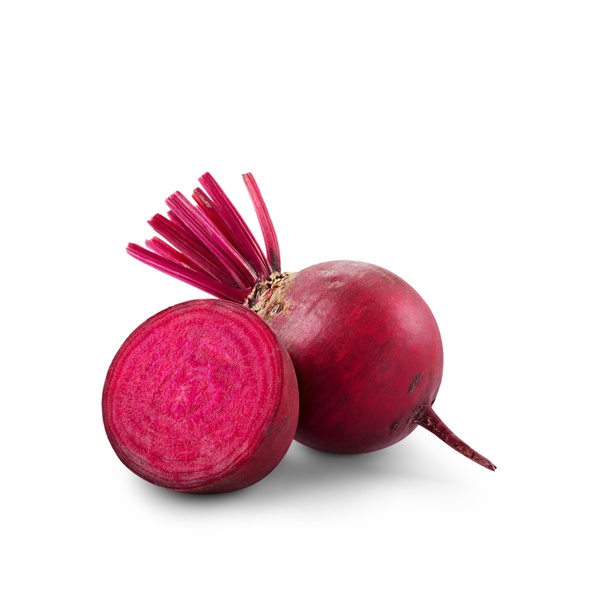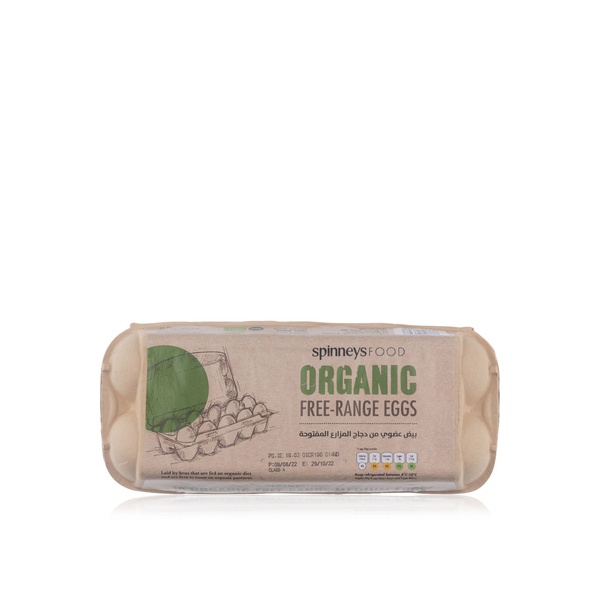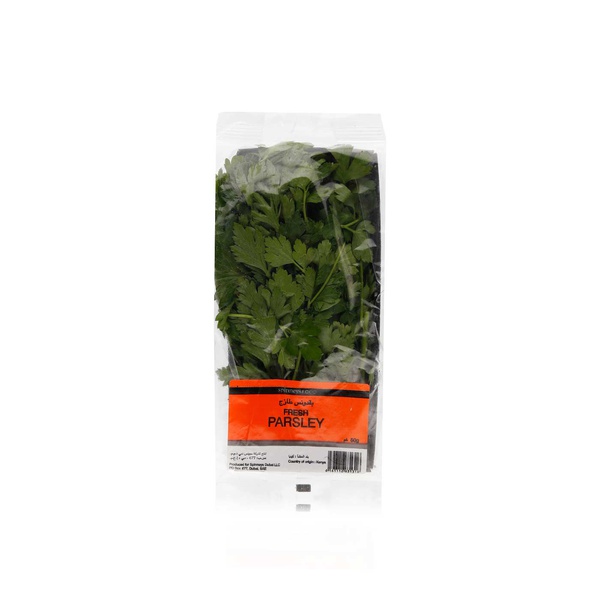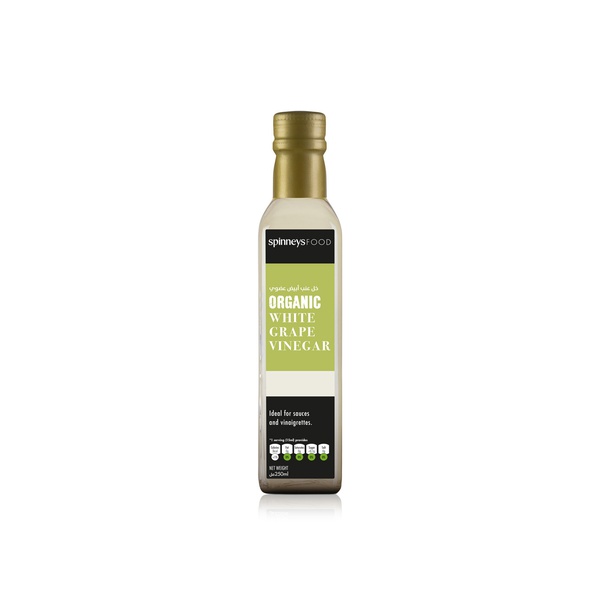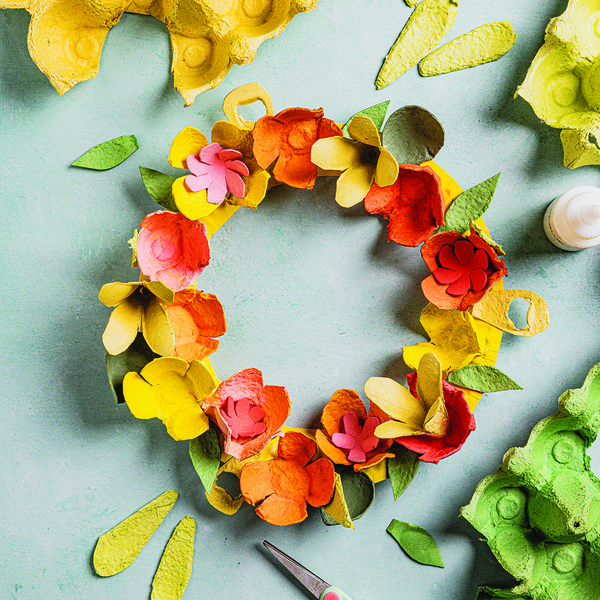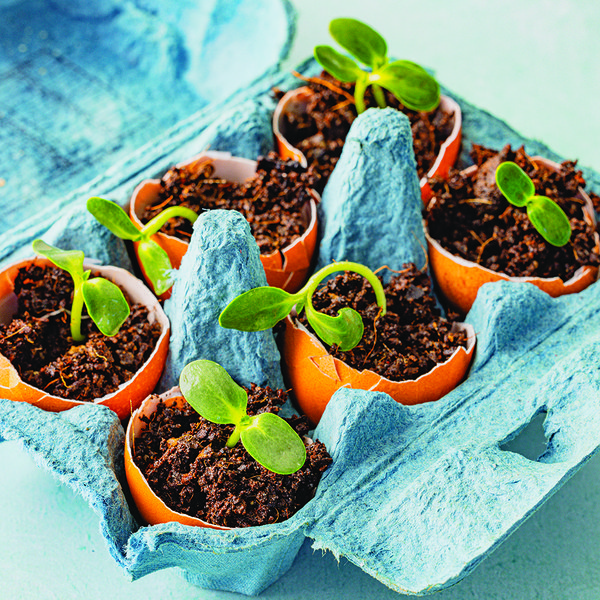Create vibrant colours by boiling eggs with ingredients such as beets for pink, turmeric for yellow and red cabbage for blue. Kids can experiment with various combinations for varied hues
Ingredients
Cooking Instructions
Download PDFDice the beetroot. Thinly slice the cabbage.
Place the eggs in a medium-sized pot and cover with cold water. Bring to a boil, then place a lid on the pot and turn off the heat. Let the eggs cook for 10 minutes.
Place the eggs in a bowl of iced water and chill for 10-15 minutes. Ensure they are completely cooled before dyeing.
For each dye colour, place 500ml of water into a pan along with the food item (e.g., beetroots, red cabbage, turmeric, spinach or parsley). Bring the mixture to a boil, then let it simmer for 20 minutes. Strain and cool completely. Once the dyed water is cool, add 2 teaspoons of vinegar to each natural dye, except for the cabbage liquid. Add ½ teaspoon of bicarbonate of soda to the cabbage liquid to make it an alkaline mixture.
Gently drop the eggs into the natural dye of your choice, ensuring they are completely submerged. Let the eggs soak overnight in the fridge. The longer they sit, the more brilliant the colour will be.
Place a clean kitchen towel on the counter. Carefully remove the eggs from the dye and place them on the towel. Allow them to air dry. Avoid rubbing them with the towel as it can smudge the colour. If you want to dip the egg again to get a darker hue or combine colours to create different shades, you can do that after the eggs have dried.
Dyed Easter eggs will last in the fridge for 4-5 days. Their colour may change, but they will taste the same on the inside.

